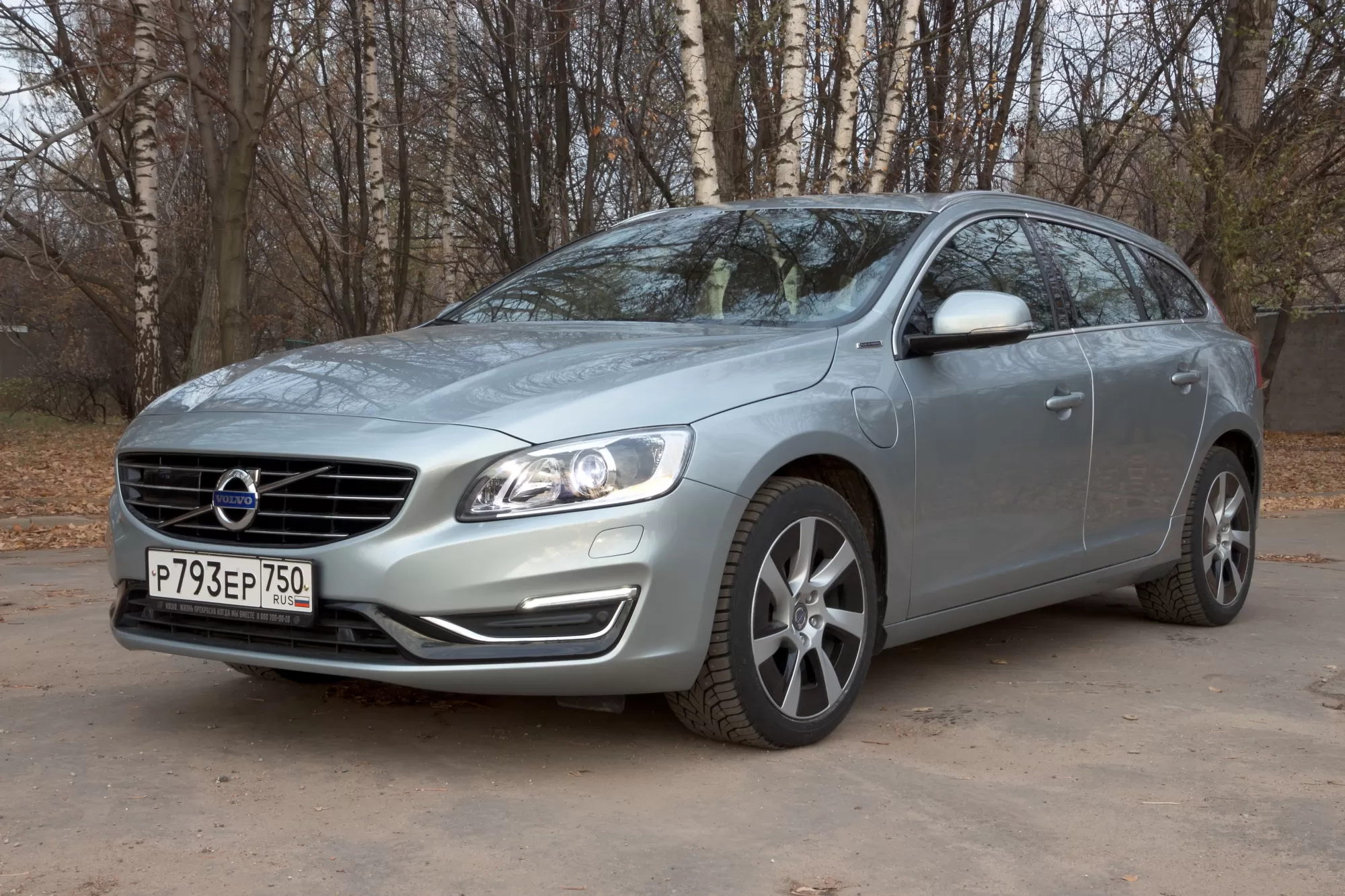
Volvo V60 Plug-in Hybrid - quick and economical wagon
Now forgotten are the days when the word "hybrid" was associated only with the Toyota Prius. More and more vehicles with mixed drive are appearing on the market, and their presence in the model range of every major brand is only a matter of time. Volvo, not wanting to be left behind, has prepared its representative in the hybrid segment.
We are talking about the V60 Plug-in Hybrid model, developed by Volvo Cars engineers and specialists from the Swedish energy company Vattenfall. While this model will hit dealerships next year, it will make its world debut any day at the Geneva Motor Show.
Getting acquainted with the official photos of the hybrid station wagon, we learn that its stylists decided to keep the changes that distinguish the new version from the existing ones to a minimum. Discreet bumpers and sills, atypical tailpipes, an additional trunk bar with "PLUG-IN HYBRID" lettering, and new wheels and tires are connected to a battery charging port hatch located in the front left wheel arch.
The interior of the new Volvo V60 has also been slightly upgraded. First of all, the new instrument cluster informs the driver about the fuel and electricity consumption, the state of charge of the battery and the number of kilometers that can be driven without refueling / charging the car.
However, let's put aside the body and interior and move on to the technique that was used in the Swedish hybrid. The car is powered by a system that connects a 2,4-litre 5-cylinder D5 diesel engine to an additional electrical unit called ERAD. While the internal combustion engine, which develops 215 hp. and 440 Nm, transmits torque to the front wheels, an electrician developing 70 hp. and 200 Nm, drives the rear wheels.
Gear shifting is handled by a 6-speed automatic transmission and the electric motor is powered by a 12 kWh lithium-ion battery. The latter can be charged from a regular household outlet (then it takes 7,5 hours to fully charge the battery) or from a special charger (reducing the charging time to 3 hours).
The drive system designed in this way allows operation in three modes, activated by a button on the dashboard. There is a choice of Pure when only the electric motor is running, Hybrid when both motors are running, and Power when both motors are running at full power.
When driven in Pure mode, the V60 Plug-in Hybrid can travel only 51 km on a single charge, but it does not emit environmentally harmful carbon dioxide. In the second mode (which is the default drive option), the range is a hefty 1200km and the car emits 49g CO2/km and consumes 1,9L ON/100km. When the latter mode is selected, fuel consumption and CO2 emissions increase, but the acceleration time from 0 to 100 km/h is reduced to just 6,9 seconds.
It must be admitted that both the technical parameters of the drive and its performance and fuel consumption are impressive. I'm just wondering how the work of the Swedish designers will work in practice and - more importantly - how much it will cost.

